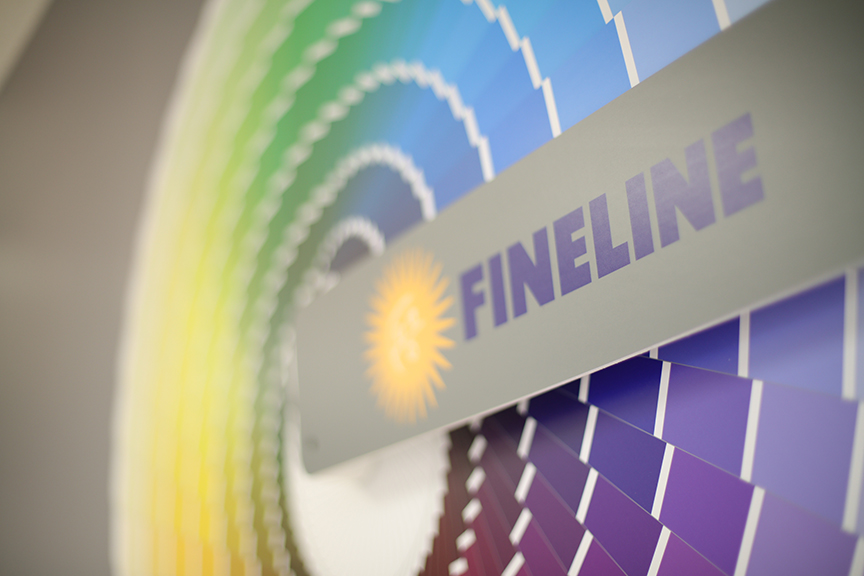Human Behavior Changes Due to COVID: The Case for Personalization

Forever Changes
While a lot of people are growing weary of the COVID pandemic and want to get on with life as we knew it, the fact of the matter is that the human experience has changed forever in the wake of this unprecedented (at least in our lifetime) new reality. Dare we say that all businesses have been impacted? Yes. So, whether you have a brick and mortar, online-driven business, or something in between, it’s necessary to evaluate what has changed and adapt, or suffer the consequences. In this blog, we will cover how personalization in print & digital communication is the post-pandemic way of the future.
Human Behavior Changes Amidst Covid 
According to the EY Future Consumer Index – a global index tracking consumer behavior – consumers have adopted four types of behavior during the 2020 Coronavirus pandemic. They are: cutting deep, saving and stockpiling, staying calm and carrying on, and hibernating and spending.
Mostly aged between 18 and 44, those in the hibernate and spend category are spending more on groceries and less on clothing and leisure activities. They are the most concerned segment about the impact of the pandemic. And 46 percent of them say brands are now more important to them, thereby opening up a stronger opportunity for brands to develop loyalty in this demographic.
Not surprisingly, consumers whose jobs have been affected by COVID fall into the cut deep segment. They are primarily over the age of 45, and 78 percent of them say they are shopping less frequently, with 64 percent saying they are only buying the essentials. 33 percent of them report feeling that brands are now far less important to them. For this demographic, brands who can compete on price will be able to stand out more and earn market share that was tougher pre-COVID.
Another trend that has changed in consumer behavior is that social attitudes around privacy are becoming less rigid under certain circumstances. People are willing to make their private information available if it’s for the good of society. For example, contact-tracing is an important way to help stop the spread of COVID. And EY studies say that 53 percent of consumers would make their personal data available if it helped to monitor and track an infection cluster.
At the same time, it’s more important than ever to society that brands keep their information secure. In fact, a recent survey by Cisco identified a brand new group of consumers that they dubbed “privacy actives.” They tend to be younger and wealthier, and they report that they will choose another brand if they don’t trust how their data is used. 90 percent of them believe the ways their data is treated reflects how they are treated as customers. While sharing data is the right thing for consumers to do, securing their data and following compliance regulations like SOC2 are essential for companies.
The Case for Personalization
Key Insights
According to Statista, a company focusing on behavioral statistics of consumers, marketing personalization using variable data printing is increasingly popular among marketers and consumers.
In fact, data shows:
90% |
of U.S. consumers find marketing personalization very or somewhat appealing. |
84% |
say being treated like a person, not a number, is very important to winning their business. |
70% |
of consumers say that a company understanding how they use products and services is very important to winning their business. |
70% |
of consumers say a company’s understanding of their personal needs influences their loyalty. |
59% |
of U.S. consumers find marketing personalization very or somewhat appealing and Consumers are 2.1x more likely to view personalized offers using direct mail or variable content printing as important versus unimportant. |
